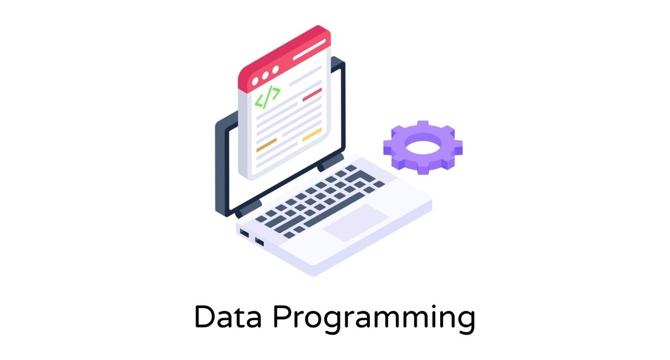Infoq
2w
94

Image Credit: Infoq
Article: Beyond Objects and Functions: Exploring Data-Oriented Programming
- Data-oriented programming (DOP) focuses on data, memory access patterns, and performance optimization, complementing OOP and FP especially in compute-heavy environments like gaming and trading.
- DOP separates data from behavior, optimizes memory access by storing data in contiguous memory blocks, reduces cache misses, and utilizes SIMD algorithms for batch processing.
- Advantages of DOP include improved data access speed, flexibility in logic/data structure changes, optimized for modern hardware, and reduced coupling between program components.
- Challenges of DOP include complexity for OOP developers, potential over-optimization, integration complexities with other paradigms, and fewer specialized tools compared to OOP.
- DOP benefits from features like Struct of Arrays (SoA) layout, Entity Component System (ECS) frameworks, parallel processing, SIMD aware data layouts, and batch-oriented processing.
- Java 21 introduces Unnamed Patterns and Variables to align with DOP principles, improving readability and efficient data manipulation in Java programming.
- DOP is crucial for performance-critical applications but may not be suitable for all projects, offering advantages in scalability and data processing efficiency.
- Some articles on DOP lack practical solutions and beginner-friendly explanations, highlighting the importance of understanding when DOP can outperform OOP and FP.
- DOP optimized for large data processing while OOP focuses on individual object manipulation with tight coupling between data and behavior.
- By implementing DOP techniques, developers can enhance scalability and efficiency, creating opportunities for rapid calculations and effective data processing in various fields.
Read Full Article
5 Likes
For uninterrupted reading, download the app